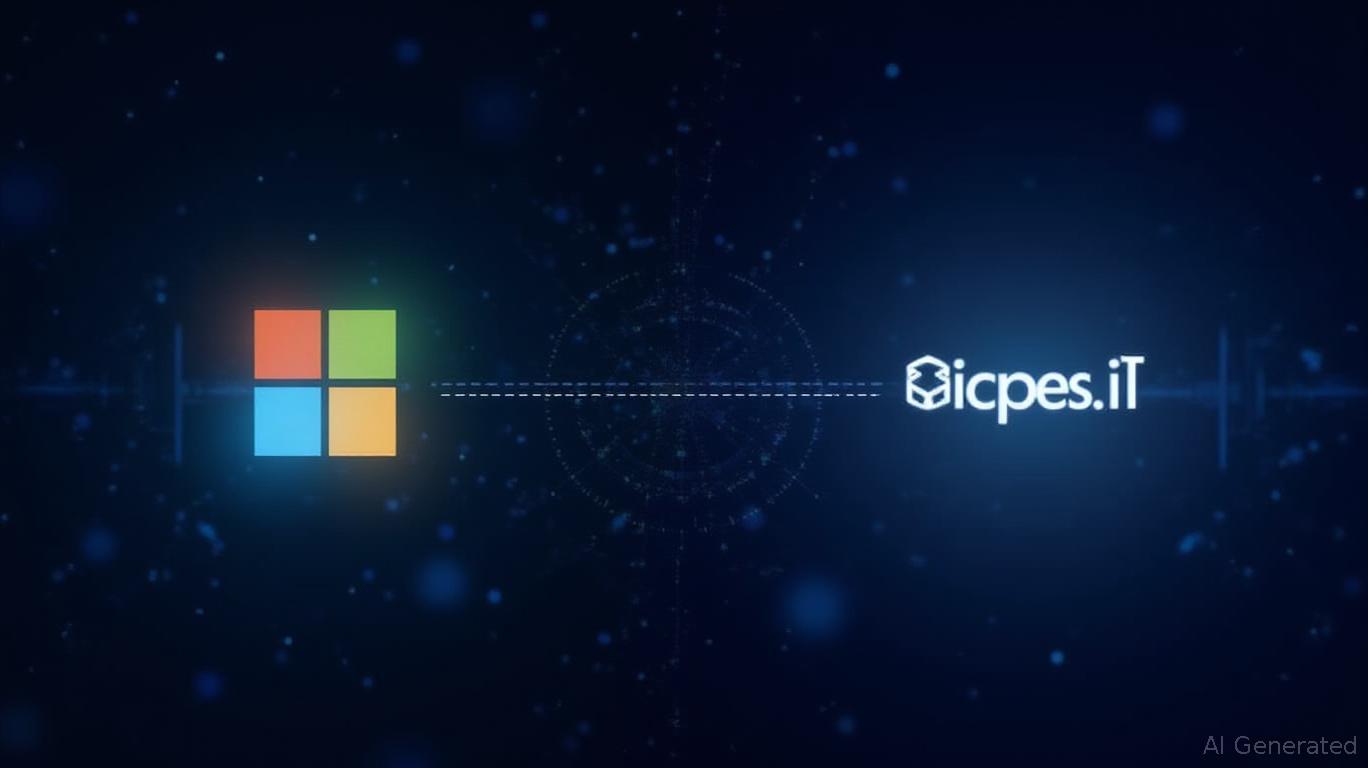Microsoft's OpenAI Stalemate: A Crossroads for AI Dominance and Tech Investments
The partnership between
and OpenAI, once a cornerstone of the AI industry, now faces a critical impasse. As negotiations over equity stakes, control, and intellectual property (IP) rights stall, the stakes for both companies—and the broader tech sector—are rising. This article examines how the breakdown could reshape AI ecosystems, disrupt revenue streams, and present opportunities for investors to position themselves in an increasingly fragmented landscape.
The Negotiation Stalemate: Power and Profit in the AI Era
At the heart of the dispute are competing visions for control. Microsoft seeks to secure a larger equity stake and maintain influence over OpenAI's future, while OpenAI aims to reduce Microsoft's sway to avoid accusations of anti-competitive behavior. The $3 billion acquisition of Windsurf—a startup developing AI coding tools—has further inflamed tensions. OpenAI is resisting Microsoft's demands for access to Windsurf's IP, fearing it would empower Microsoft's rival GitHub Copilot.
The existing commercial agreement, which guarantees Microsoft access to OpenAI's technology until 2030, provides a fallback. However, OpenAI's push to transition into a public-benefit corporation—a move requiring Microsoft's approval—adds another layer of complexity. The outcome could determine whether the partnership evolves into a true alliance or splinters into competing factions.
Implications for Microsoft: Risk and Resilience
Microsoft's $13 billion investment in OpenAI since 2019 has been pivotal to its AI leadership, underpinning products like Azure AI services and Bing. A breakdown in negotiations could jeopardize its near-term AI revenue growth, particularly if OpenAI pivots toward other partners or an IPO. However, Microsoft's existing 2030 agreement acts as a safety net, ensuring it retains access to foundational OpenAI models like GPT-4.
The real risk lies in long-term strategic flexibility. If Microsoft cannot secure a larger equity stake, it may double down on internal initiatives, such as its own language models (e.g., Gemini) or partnerships with rivals like Anthropic. This could lead to a bifurcated AI ecosystem: one dominated by collaborative alliances (e.g., Microsoft-OpenAI), and another built on proprietary systems (e.g., Google's Gemini).
OpenAI's Dilemma: Capital Needs vs. Independence
OpenAI's ambition to become a public-benefit corporation hinges on attracting new investors and preparing for an IPO. But without Microsoft's endorsement, such moves could face regulatory hurdles. Meanwhile, the Windsurf acquisition underscores OpenAI's desire to diversify its offerings, particularly in code generation—a market where Microsoft's GitHub Copilot already holds significant share.
The stakes are high: if OpenAI loses access to Azure's compute resources or Microsoft's marketing muscle, its ability to compete with Google's Gemini and Amazon's Bedrock could falter. Conversely, a successful pivot might position OpenAI as a neutral, investor-backed entity capable of challenging tech giants on its own terms.
The Competitive Landscape: Winners and Losers in AI
The stalemate benefits Microsoft's rivals. Google, which has aggressively marketed its Gemini models and cloud services, could attract enterprises seeking alternatives to Azure. Similarly, Amazon's Bedrock platform and Anthropic's Claude models stand to gain if OpenAI's progress slows.
Investors should also monitor hardware players like NVIDIA (NVDA), whose GPUs are critical to training large language models. NVIDIA's position as a “neutral” supplier to all AI players makes it a beneficiary of industry fragmentation.
Investment Strategies: Navigating the AI Crossroads
Microsoft (MSFT): While the partnership's uncertainty poses short-term volatility, its existing agreements and diversified AI portfolio (including Azure, Bing, and internal models) provide a floor. A pullback below $250 could present a buying opportunity, but investors should avoid overexposure until negotiations resolve.
OpenAI's Alternatives: Companies with standalone AI capabilities, such as Google (GOOGL) and NVIDIA (NVDA), offer safer bets. Google's cloud AI revenue grew 42% YoY in 2024, while NVIDIA's H100 GPU sales surged as AI training costs rise.
Sector Rotation: Investors underweight in tech could consider defensive plays like Microsoft's dividend yield (1.2%) or NVIDIA's high-growth trajectory. Avoid pure-play AI stocks like Palantir (PLTR) or C3.ai (AI), which lack diversified revenue streams.
Conclusion
The Microsoft-OpenAI impasse is a microcosm of the AI industry's evolution: a battle between collaboration and control. For investors, the key is to distinguish between companies with resilient, multi-pronged AI strategies and those overly reliant on fragile partnerships. While the stalemate introduces near-term uncertainty, it also creates opportunities to position for a future where AI ecosystems are shaped by both cooperation and competition.
Stay agile, and keep one eye on the GPUs.

Comments
No comments yet